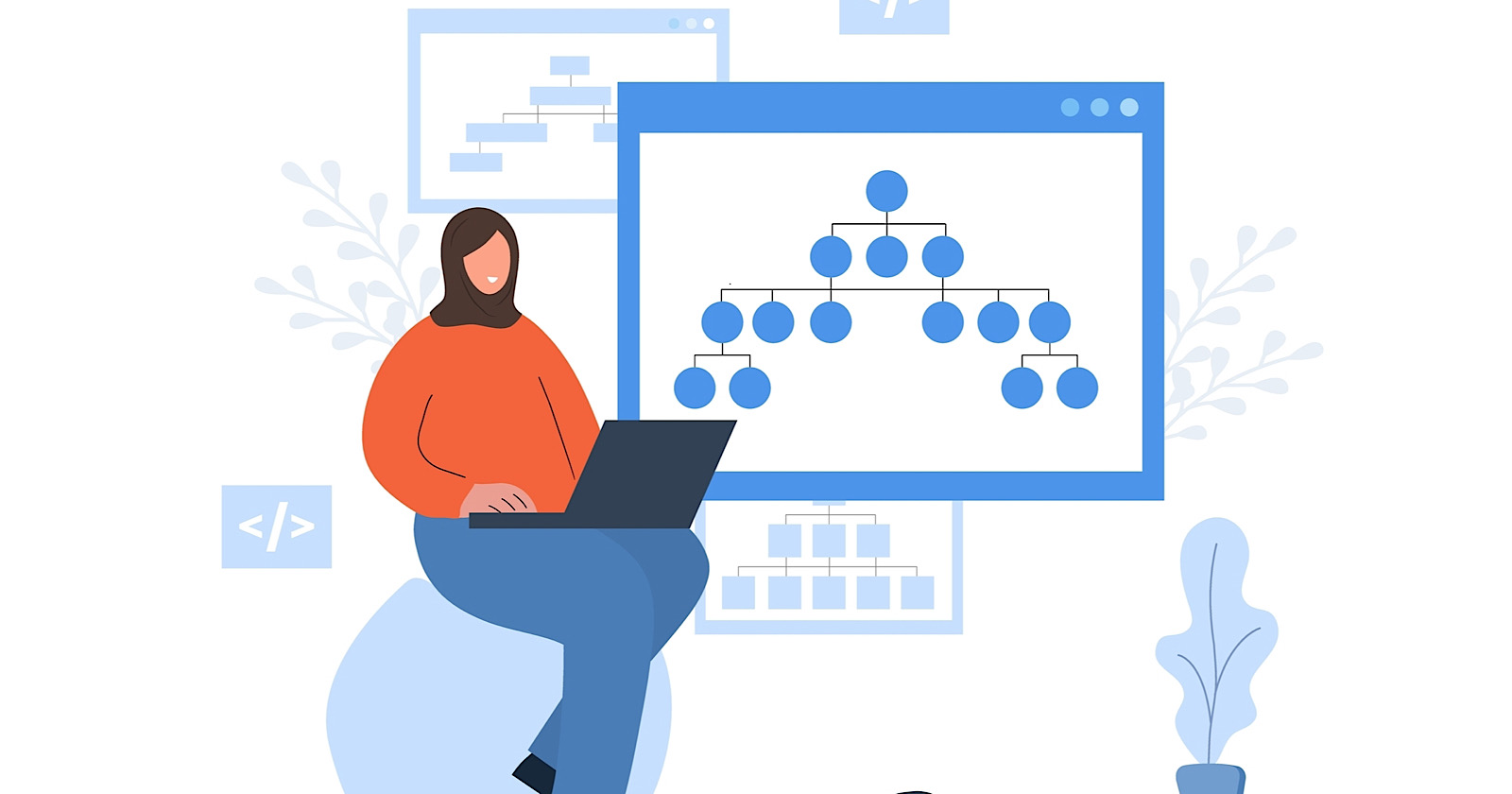Harnessing SaaS for Modern Transaction Banking: Opportunities and Strategies

The ongoing evolution in financial technology is paving the way for innovative business opportunities, particularly in the realm of Software as a Service (SaaS). This investment in SaaS is not merely a technical upgrade; it represents a significant chance for financial institutions to reshape transaction banking models for the modern age. As banks seek to adapt to this rapidly changing environment, the question arises: how can these institutions develop effective use cases that leverage this burgeoning technology to its fullest potential?
Embedded banking, which refers to the integration of banking services within a SaaS platform, allows institutions to white-label services offered by third parties. This integration not only provides new revenue streams but also enhances existing income. However, to tap into these opportunities, financial institutions must adopt strategic approaches. They need to identify which strategies are most effective and how to implement them effectively to maximize the benefits of embedded banking.
An important aspect of this transition is the adoption of the ISO 20022 standarda globally recognized messaging standard for electronic payments that enhances the clarity and efficiency of transactions. Financial institutions must consider how they can benefit from this standard, which is moving beyond a mere compliance requirement into a commercial opportunity. Many banks now recognize that SaaS is not just about meeting compliance standards but is a vital business opportunity that will underpin the delivery of future services and products.
Recent research conducted by Bottomline reveals that a staggering 65% of financial institutions view digital transformation as their primary focus. Furthermore, 75% of these institutions express a strong desire to transition into a comprehensive payments ecosystem within the next five years. This shift is indicative of the broader trend in the financial sector, which is increasingly oriented towards creating interconnected systems rather than simply addressing temporary gaps in functionality.
In this evolving landscape, financial institutions must prioritize a forward-looking approach that enables them to adapt swiftly to new trends and developments. SaaS offers a cost-effective solution to address pressing challenges such as the implementation of ISO 20022, fraud detection, and the continuous push towards embedded services. By focusing on payment standardization through ISO 20022, data aggregation via centralized information, and improved connectivity through APIs, banks can empower their clients to concentrate on their core business activities rather than the complexities of payment logistics.
To truly capitalize on the advantages of SaaS and become the orchestrator of their payment systems, banks need to consider how to fully leverage these technologies. With the right strategies and tools, they can transform their operations and enhance customer experiences.
For those interested in exploring these critical issues in depth, we invite you to register for an upcoming Finextra webinar, hosted in collaboration with Bottomline. This event will feature a panel of industry experts who will discuss practical use cases for SaaS adoption and how it can help banks develop effective transaction banking models. These models will not only respond to current market trends but also ensure long-term sustainability and success in the financial sector.



























